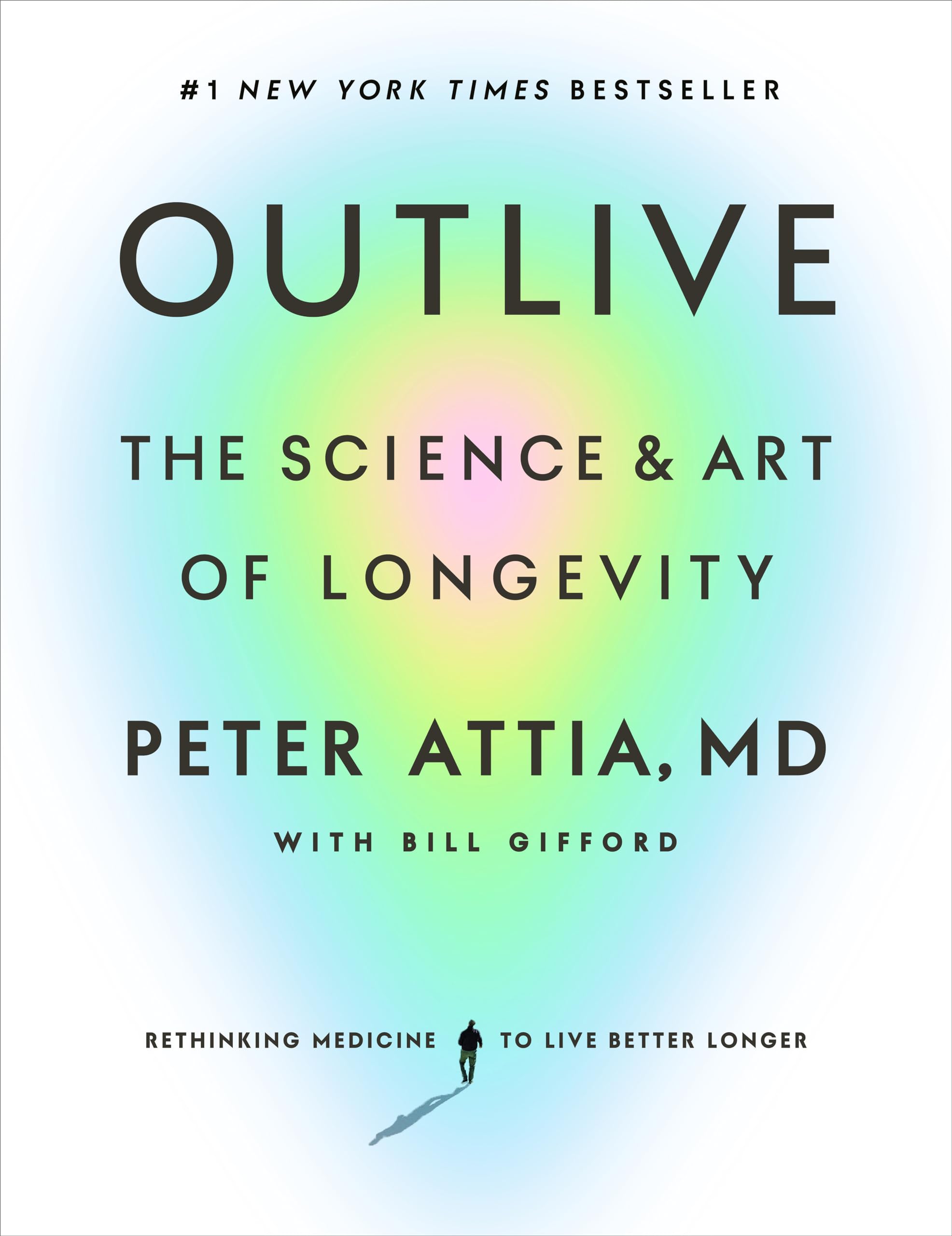Introduction
byIntroduction to the narrator’s journey begins with a recurring dream that captures his feelings of inadequacy and helplessness, where he attempts to catch falling eggs on a city sidewalk—an endeavor that symbolizes his relentless but futile attempts to save patients during his surgical training at Johns Hopkins Hospital. The dream unfolds with him chasing after the eggs, which represent his efforts to intervene and save lives, but despite his best efforts, every egg shatters upon hitting the ground. This recurring vision, which lingers with him long after his time as a surgical resident, encapsulates the harsh realities he faced as he trained to become a cancer surgeon, constantly running against time and his own limitations while dealing with high-stakes, often terminal illnesses like pancreatic cancer.
The narrative further delves into the complexities of his work, particularly focusing on the Whipple Procedure, a complex and risky surgery used to treat pancreatic cancer, which, while being an advancement in medical techniques, does not always guarantee survival for the patient. Despite the technical successes and the positive outcomes that improved over time, the narrator begins to question the true meaning of success within the realm of medicine. He contemplates whether these small victories, such as successfully completing a surgery, truly equate to success when faced with the inevitable recurrence of the disease, especially given the nature of pancreatic cancer, which remains largely incurable.
This internal conflict leads the narrator to a turning point, culminating in a realization during one of his recurring dreams. Instead of merely focusing on catching the falling eggs—symbolizing his attempt to treat individual symptoms or crises—he begins to understand the importance of preventing the eggs from falling in the first place. This epiphany marks a shift in his perspective, pushing him to reconsider his approach to medicine. He decides to pivot from the traditional surgical approach to a more proactive stance, exploring preventive medicine and focusing on addressing the root causes of diseases before they even manifest, thus preventing the need for surgeries in the first place.
The move towards preventive care brings about a fundamental change in the narrator’s view of healthcare. In the past, he had been immersed in a reactive system where surgeries and treatments addressed the immediate health crisis, often with no guarantee of long-term success. The paradigm shift signifies the narrator’s understanding that true success in healthcare does not lie in managing the aftermath of disease but in preempting its onset through education, lifestyle changes, and early detection. This transition from a reactive to a proactive medical model is the foundation of a future where patients are empowered to take control of their health, reducing their risk factors long before symptoms appear.
Additionally, the narrator’s new perspective is grounded in the understanding that medical practice must evolve to emphasize prevention over treatment. While surgery and interventions are crucial, especially in life-threatening situations, focusing on preventative measures is not only more effective but also more sustainable. Diseases like cancer, diabetes, and cardiovascular conditions, often linked to lifestyle and environmental factors, are areas where prevention can yield significant benefits. This realization leads to the narrator’s advocacy for a more holistic approach to healthcare—one that integrates lifestyle management, mental health, and genetic awareness to prevent chronic diseases from taking root in the first place.
This shift also underscores a more holistic view of the patient, seeing them as active participants in their own health rather than mere recipients of care. By addressing the underlying causes of disease, the narrator envisions a future where medical professionals work collaboratively with patients to reduce their risks, rather than focusing exclusively on reactive treatments. Prevention, early intervention, and a focus on overall well-being can dramatically improve the quality of life for patients and reduce the need for complex and often ineffective surgeries.
The narrative concludes with the narrator reflecting on his personal growth, both as a physician and as an individual. His career, once focused on the immediacy of surgery, is now rooted in the principles of prevention and long-term wellness. The decision to embrace a broader, more inclusive view of health challenges the traditional approach to medicine and points toward a future where healthcare professionals work alongside patients to help them lead healthier, more fulfilling lives. The egg-catching dream serves as a poignant reminder that while we cannot control all aspects of life, we can certainly work to prevent some of its most devastating consequences by addressing problems before they arise.


